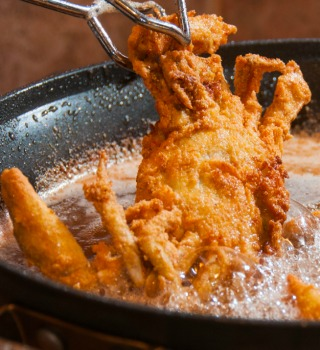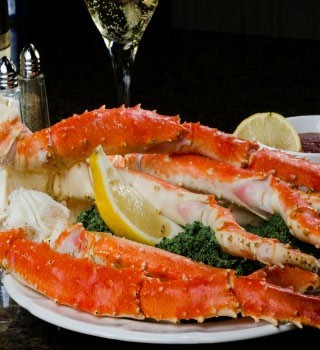Food safety is important for public health – and something that is usually well within our control. Whether it’s watching expiration dates or storing foods in the refrigerator or freezer as needed, modern Americans are generally well-informed on how to maintain the safety of our favorite foods. However, there is one factor not everyone understands – choosing the right packaging for our foods. If you’re creating edible products for sale or distribution – or just want great solutions for home storage of your favorite foods – here is your guide to choosing the safest plastic packaging bags for your pantry:
Polyethylene
Polyethylene is used in many types of food containers, both for direct food contact and as an outer packaging component. It comes in several densities, each of which has individual merits.
- Polyethylene terephthalate – PET or PETE – is used for everything from beverage bottles to vitamin containers. It bears a number one inside of the recycling triangle symbol. These symbols designate what type of plastic you have in your hands and tell you how to recycle them.
- High-density polyethylene – HDPE – is a dense, opaque type of plastic which is most often used for direct contact containers like milk jugs, syrup bottles, butter containers and even plastic grocery bags. Look for a number two inside the triangle to identify this type of plastic.
- Low-density polyethylene is a thinner, more flexible type of plastic that can be used in bag or film and is appropriate for heat sealing use. You may see it used for bread or salad bags or making up the flexible lids that top food cans and canisters. It will be stamped with a four inside the recycling triangle symbol.
Polypropylene
Polypropylene is characterized by a stiff yet less-brittle texture than many other plastics. It is identifiable by a number five inside a triangle on the packaging. It is most frequently employed in packaging that has direct contact with food, such as yogurt, sour cream, or syrup containers. Not only is polypropylene food safe, it also protects the integrity of foods when sealed properly. This means your tastiest, most fragrant foods will stay that way when stored in polypropylene.
Check with your local plastics retailer to see which of these types of plastic packaging bags are available in the sizes and quantities you need. Remember, food is only as good as the way it’s stored; serve it up to your customers or loved ones from the right kind of package for the tastiest, healthiest meals.







